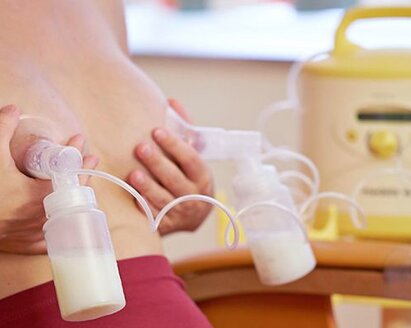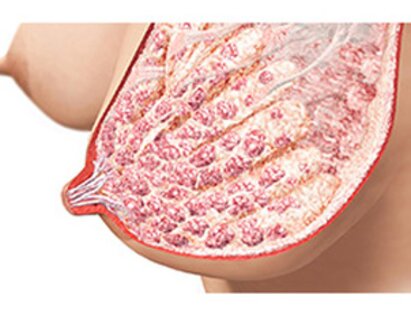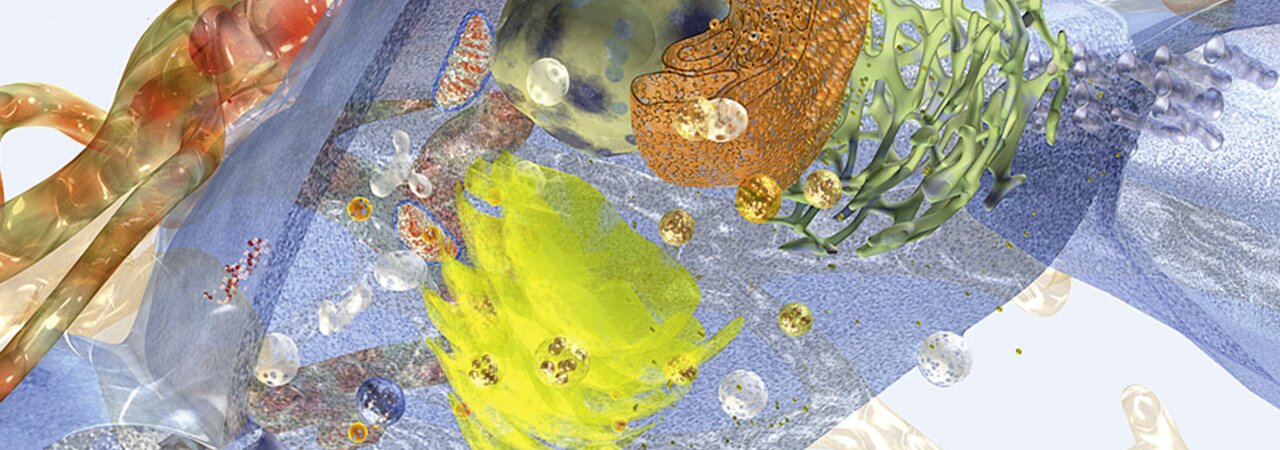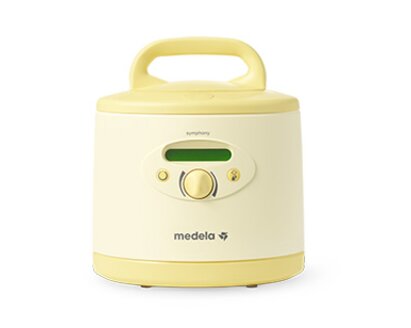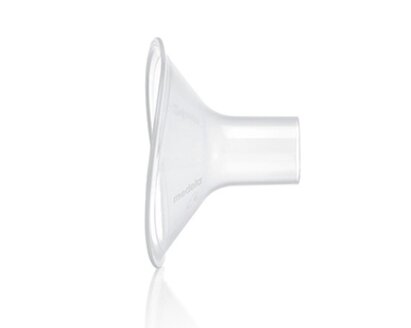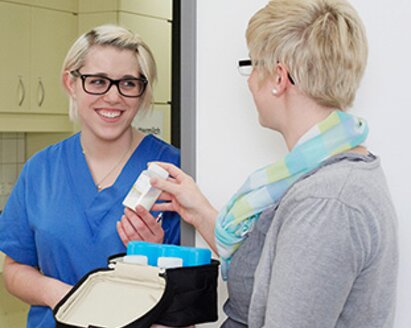You are currently viewing:
Medela - English
You can select an alternative Medela website in one of these countries:
Please choose
Please choose
Global
Australia
Austria
Belgium
Brazil
Canada
China
Denmark
France
Germany
India
Italy
Japan
Luxembourg
Netherlands
New Zealand
Norway
Poland
Portugal
Spain
Switzerland
Sweden
UK
United States of America
You can select an alternative Medela website in one of these countries:
You can select an alternative Medela website in one of these countries:
Scientific Knowledge
View all
Professional Education
View all
Commitment to Breastfeeding
View all



